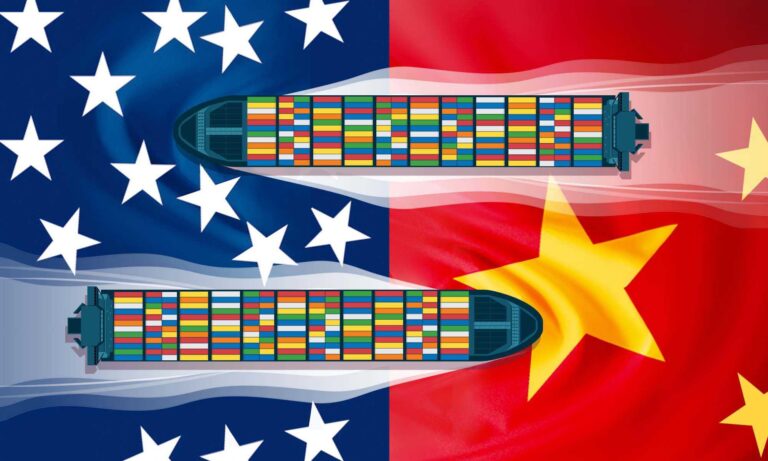Revisiting the Trade War: China’s Narrative and Its Impact on U.S. Policy
In the intricate realm of global commerce, narratives wield significant power in shaping perceptions and swaying public sentiment, particularly regarding U.S.-China relations. as ongoing tensions and tariffs persist, china has crafted a counter-narrative aimed at disputing the conventional depiction of its trade practices, placing former President Donald Trump in a reactive stance.This article explores how China’s evolving narrative during this trade conflict is not only transforming diplomatic conversations but also influencing domestic political landscapes within the United States. With both nations striving for economic supremacy on a global scale, the ramifications of this narrative evolution could resonate across markets and political spheres far beyond current administrations. understanding these shifting narratives is essential for comprehending the future trajectory of U.S.-China relations.
The Impact of China’s Trade Narrative on American Policy
The intensifying discourse surrounding China’s trade narrative carries significant implications for U.S. policy, particularly during Trump’s presidency. By leveraging its economic influence to shape discussions, China has compelled American policymakers to adopt a more defensive posture. This shift necessitates that the united States reassess its strategies in trade negotiations,increasingly favoring multilateral approaches over unilateral tactics that characterized much of Trump’s management. Key implications arising from this context include:
- Increased scrutiny on domestic sectors impacted by tariffs.
- Urgency to diversify supply chains to reduce dependence on Chinese goods.
- Enhanced collaboration with international allies to present a united front against unfair trading practices.
The effects of China’s narrative extend beyond immediate trade interactions; they also shape broader foreign policy perspectives. A transition towards more conciliatory tactics could indicate to American partners that the U.S.is open to revisiting its aggressive strategies in favor of constructive dialog aimed at fostering cooperation while balancing national interests with global economic stability.
| Tactic | description |
|---|---|
| Diplomatic Engagement | Pursuing open discussions aimed at mutually beneficial agreements between both countries. |
| Tariff Revisions | Adjusting existing tariffs based on collaborative outcomes achieved through negotiations. |
Strategic Approaches: Regaining control in Trade Negotiations Under Trump
If Trump aims to reclaim authority in trade discussions, he must adeptly navigate an surroundings influenced by China’s narratives. Prioritizing diplomacy can facilitate a more cooperative framework:
- Create expert negotiation teams: Appoint seasoned negotiators who can restore credibility and trustworthiness.
- Cultivate alliances: Form coalitions with key trading partners which can amplify pressure exerted upon China.
- Eloquent communication: Articulating clear objectives regarding trade can help counter misinformation effectively.
A strategy built around these components will enable Trump not only to defend his position but also proactively engage in forthcoming negotiations.
Additionally, utilizing economic data alongside public sentiment analysis will strengthen trump’s position; presenting tangible impacts from tariffs on American businesses and consumers keeps discussions anchored in reality.
Consider these pivotal statistics:
| Sector | Tariff Effects | |
|---|---|---|
| Consumer Products | Price hikes ranging from 10% – 25% | |
| Small Enterprises   | 40% report declines in sales   | |
| Manufacturing Sector  | 15% drop observed in export orders     |




